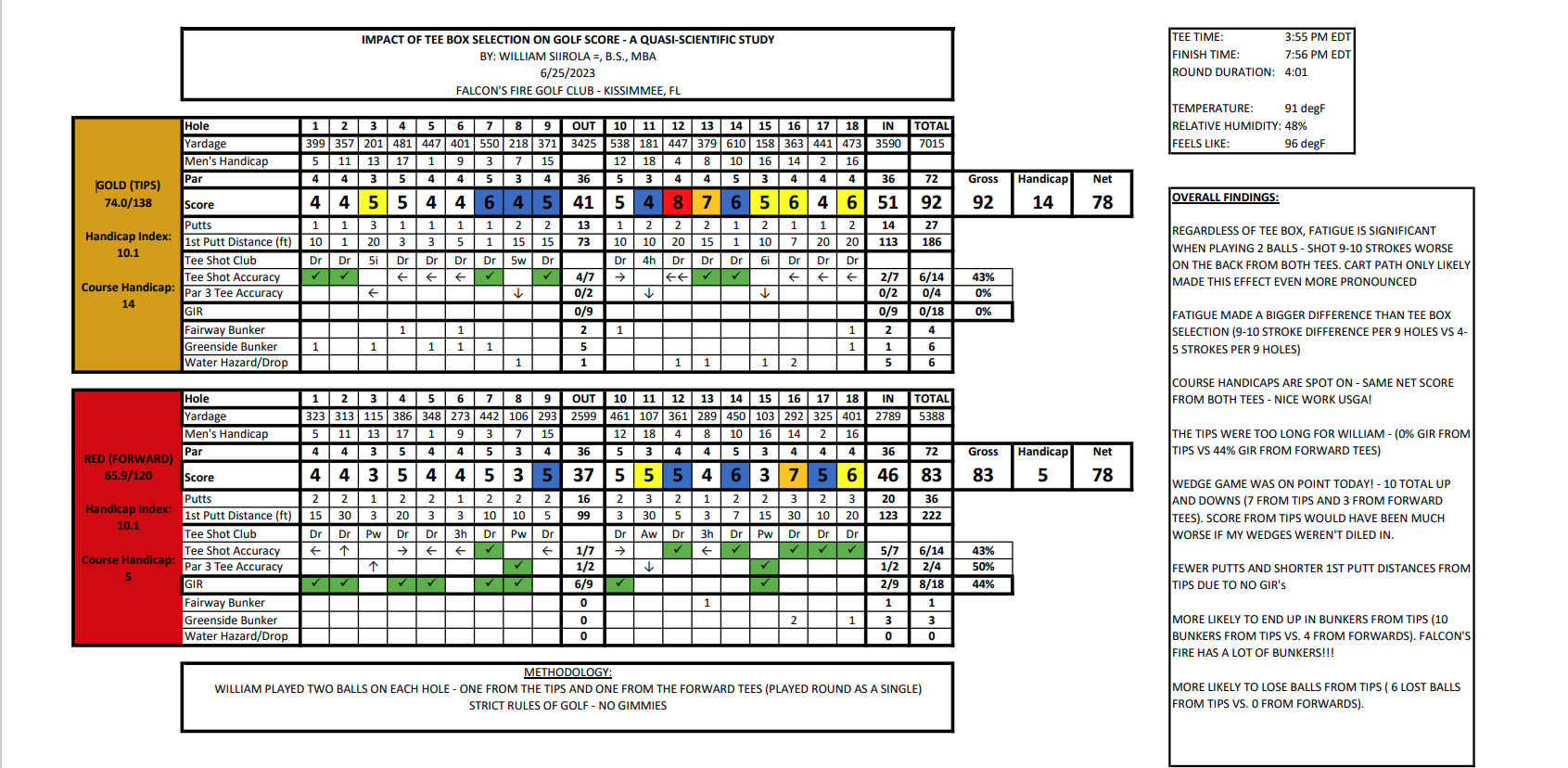
The NGCOA has a monthly broadcast with Jay Karen, NGCOA CEO, and Don Rea, Vice President of the PGA of America and owner of Augusta Ranch in Arizona. Their perspectives always produce meaningful insights. A topic introduced at the webinar on June 29, 2023, is the USGA and R&A initiative on Distance (rolling the golf ball back.)
“The Governing bodies believe that the changes being considered could:
- Address hitting distances for the longest hitters, whose impact on the game and golf courses has been the most significant.
- Minimize the impact on shorter hitters with slower swing speeds at the recreation level
- Allow for continued innovations of ballas and clubs for players at all levels.”
Bifurcation has been a topic in the golf industry for over a decade. The esteemed Dr. Joseph Beditz, President and CEO of the National Golf Foundation, shared with me perhaps a decade ago at an NGF Symposium that the most significant resistance to bifurcation is found among the equipment manufacturers.
I was making the point to Dr. Beditz that every sport introduces a graduated level of difficulty to the recreational participant, i.e., baseball with the length of base paths and the length of games, basketball with the length of games (colleges is 40 minutes, the NBA 48 minutes), etc. Why not golf?
As luck would have it, I was hitting balls on the Ridge at Castle Pines yesterday and was approached by a delightful individual who I played golf with during the pandemic: Tom Siirola. While he was initially curious about my recent trip to Shanin Bay, China, our conversation gravitated to an experiment his son, William, had just at Falcon Fire’s Golf Course in Kissimmee, FL. He had always wanted to play two balls from the back and forward tee during the same round. The course was cart path only, and with the Florida heat, fatigue was likely.
While I often resist providing anecdotal examples to support a hypothesis, what was amazing, based on the USGA Equitable Score Control System, his net score, as shown below, was identical from both tees.
His notes offer an excellent understanding of the impact of distance on one’s golf game in this one example.
The question for each of us is, “Would you rather shoot 92 or 83?
For the recreational player, doesn’t that answer the question on which tees one should play?
For the golf course owner, doesn’t that answer the question which tees they should encouraged their guests to play from? Lower score, quicker rounds, increased capacity for players = higher revenue.
What do you think?

